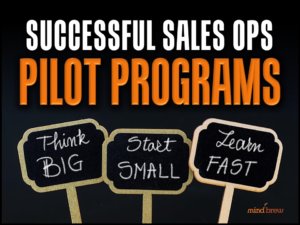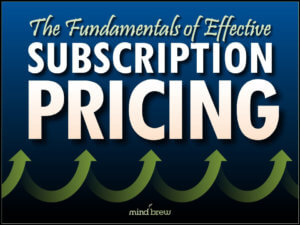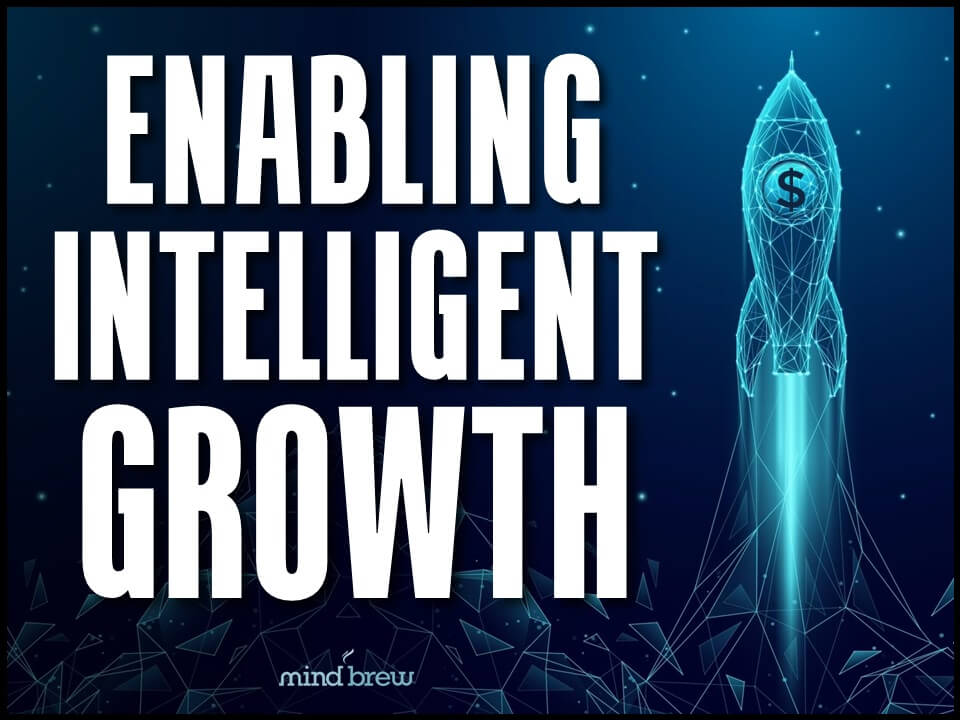A friend of ours visited Japan on a business trip a few years ago and was surprised to see that the country had vending machines that sold alcohol. You had to put a special card or driver’s license into the card to show that you were of age, but the machine didn’t have any mechanism for making sure that the face of the person making the purchase actually matched the picture on the ID.
“How do you stop teenagers from using someone else’s ID to buy beer?” my friend asked a Japanese colleague.
“Is not allowed,” he replied.
“Yes, but what’s there to stop them from doing what is not allowed?” the American pressed.
The Japanese man had clearly never considered such a thing. “Japanese would not do this!” he insisted. “Is not allowed!”
Some cultures have strong societal pressure to conform with what is expected. But in the U.S., we just can’t count on the same social norms.
For example, nearly every public bathroom has those signs saying, “Employees must wash hands,” but more than once I’ve seen someone in a uniform leave the restroom without stopping by the sink. Company vehicles have “How’s my driving?” signs specifically because employers expect that not all their drivers will comply with policy 100% of the time. Manufacturers and construction companies hire safety officers who job it is to enforce rules because just telling someone what to do is not enough to ensure that it gets done — even when not complying could kill you.
Why then do so many of us in sales operations expect that everyone will follow our directions flawlessly?
Whether we’re rolling out new processes or implementing a new CRM system or updating sales targets, we tend to believe that people will do the things we recommend.
Unfortunately, even when processes are explained well and have leadership support, people naturally try to cut corners. They will always find easier ways to do things — sometimes even ignoring the rules altogether.
When you’re in the midst of a project, it’s worth considering:
- Will the sales team really use the CRM to document all their interactions?
- Will the sales team really meet the quotas and targets we set for them?
- Will management really read this report we’re generating and take the appropriate action?
- Will sales development really think about how to qualify leads effectively when they’re cold calling?
- Will customers really have a good understanding of our product’s value when our sales team gives a pitch?
Any time you are implementing a change, you really need to consider how others will respond to those changes. You can have all the documentation you want — that won’t be enough on its own to make sure everyone adopts the new procedures all the time.
Often you don’t find out that the work-as-done is different from the work-as-imagined until something goes wrong. At that point, it might be very difficult — or perhaps even impossible — to correct the situation because people will have gotten into the habit of sidestepping the rules.
While you won’t ever be able to imagine all the possible ways that people could find to bend the rules, it’s worth spending some time up front considering the likely gaps between how you imagine things will go and how things will actually go. This exercise might also help you improve processes and expose new opportunities for improvements.
SellingBrew has several webinars that touch on how to close the gap between work-as-imagined and work-as-done. Check out How to Optimize Your Sales Funnel, Neutralizing the Sales Team's Go-To Excuses, and Successful Sales Ops Pilot Programs. All three offer good strategies for getting people to actually implement the changes you recommend.
Americans may never be as likely to follow the rules as our Japanese counterparts. But if you design the rules so that following is easy — and personally beneficial — you’ll find that it is possible to narrow the gap between work-as-imagined and work-as-done.














